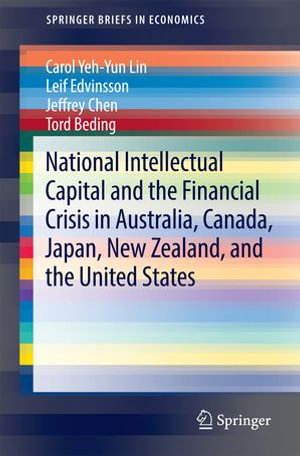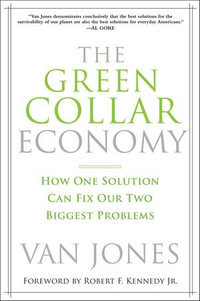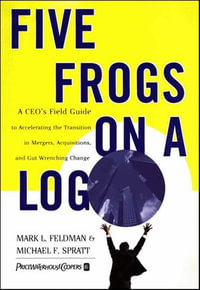
eTEXT
National Intellectual Capital and the Financial Crisis in Australia, Canada, Japan, New Zealand, and the United States
By: Carol Yeh-Yun Lin, Leif Edvinsson, Jeffrey Chen, Tord Beding
eText | 1 November 2013
At a Glance
eText
$84.99
or
Instant online reading in your Booktopia eTextbook Library *
Read online on
Desktop
Tablet
Mobile
Not downloadable to your eReader or an app
Why choose an eTextbook?
Instant Access *
Purchase and read your book immediately
Read Aloud
Listen and follow along as Bookshelf reads to you
Study Tools
Built-in study tools like highlights and more
* eTextbooks are not downloadable to your eReader or an app and can be accessed via web browsers only. You must be connected to the internet and have no technical issues with your device or browser that could prevent the eTextbook from operating.
ISBN: 9781461493082
ISBN-10: 1461493080
Series: SpringerBriefs in Economics
Published: 1st November 2013
Format: PDF
Language: English
Audience: General Adult
Publisher: Springer Nature
Country of Publication: US
You Can Find This eBook In
This product is categorised by
- Non-FictionBusiness & ManagementManagement & Management TechniquesManagement of Specific AreasKnowledge Management
- Non-FictionEconomicsDevelopment Economics & Emerging Economies
- Non-FictionEconomicsEconomic Growth
- Non-FictionEconomicsPolitical Economy
- Non-FictionScienceScience in General
- Non-FictionBusiness & ManagementManagement & Management TechniquesManagement of Specific AreasResearch & Development Management
- Non-FictionReference, Information & Interdisciplinary SubjectsInterdisciplinary StudiesRegional Studies
- Economics, Finance, Business and Management
























